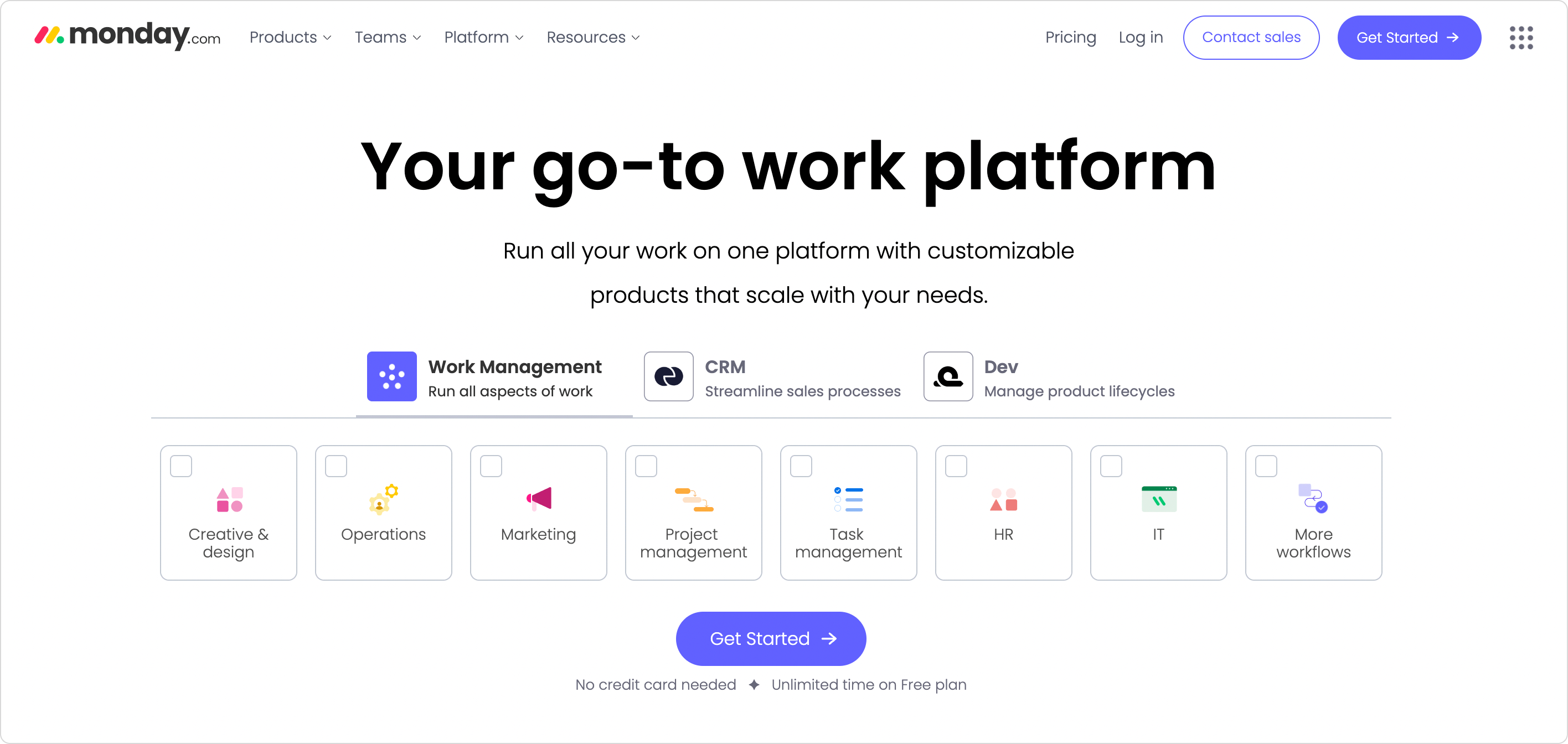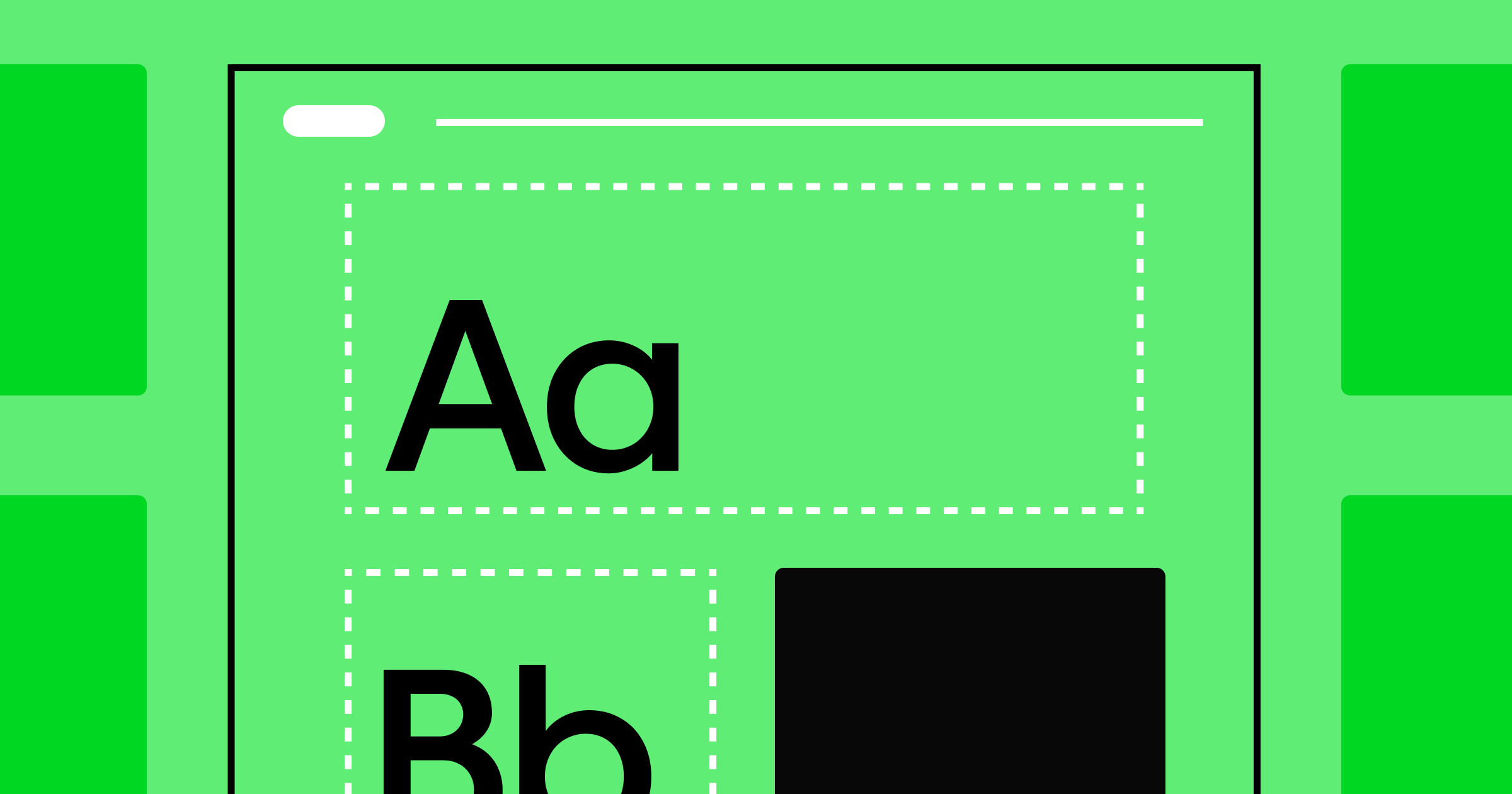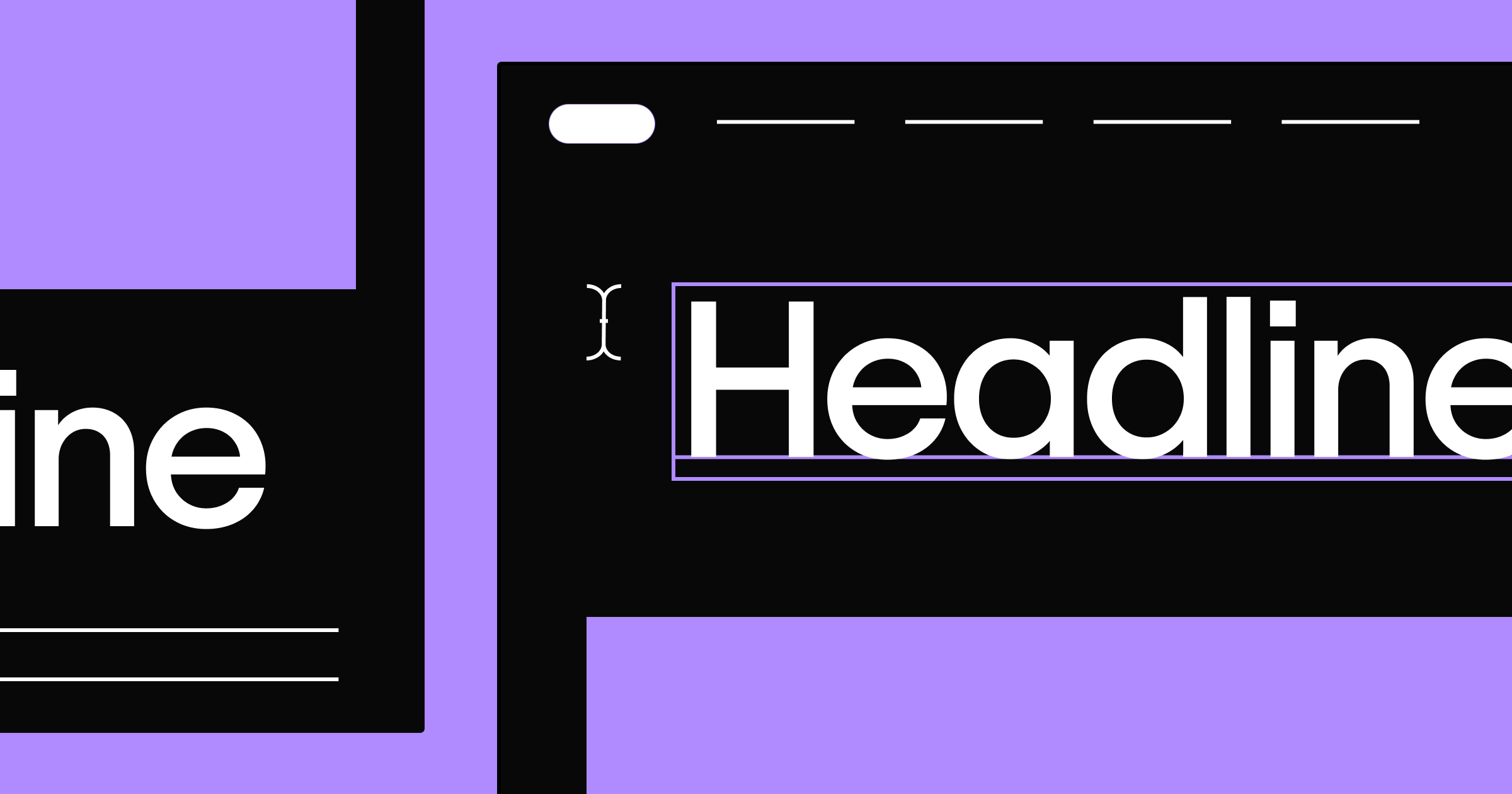As buyers demand more personalized experiences, the onus has shifted to marketing teams to deliver more tailored user experiences — especially on the website.
Website personalization is the act of tailoring a website to attract and convert prospective customers. With it, marketers can customize web pages, tailor web content, and present an experience to their site visitors that matches their consumer behavior.
Also popular among B2C and ecommerce brands, B2B businesses can benefit from applying website personalization tactics to their websites to entice and engage visitors. The only difference between the end goals for the two business types is the definition of conversion. For a B2B business, a conversion might be a lead form fill or a content download. For B2C brands, conversions are typically actions like adding products to a shopping cart or making a purchase.
Below, we’ll dig into why website personalization is critical to B2B businesses, as well as a few examples of how your marketing team can tailor web content for your core audience.
Why is website personalization important for B2B companies?
Here are a few key reasons your B2B brand should be leveraging website personalization tactics in their marketing strategies:
- To differentiate from competitors: B2B brands need to set themselves apart from competitors, and most do this through their website — the primary channel where prospects learn about your products.
- To improve the customer experience: Once you have a prospect’s attention, your marketing team needs to make sure that the content on your website speaks directly to that individual visitor and is appropriate for the buying stage they’re in. A positive customer experience reduces friction when optimizing for conversions.
- To increase engagement: By personalizing your website for buyers based on their stage in the journey, your visitors are more likely to interact with your site pages. A first time visitor might be more inclined to register for an informational webinar, whereas a repeat visitor might be interested in a free trial or custom demo.
What are examples of B2B website personalization?
While the list of ways B2B brands can personalize their sites is endless, here are a few ways to get started.
Customize your website in real-time with zero-party data
One great strategy to personalize your B2B website is by collecting zero-party data early on in the customer journey. Zero-party data is information that visitors proactively share with your brand. For many businesses, zero-party data usually consists of valuable details like email addresses or phone numbers. While this type of data is integral to building a strong relationship with prospective buyers, we recommend thinking beyond standard Personal Identifiable Information (PII) when collecting zero-party data.
Take project management tool Monday.com’s zero-party data collection strategy, for example. On the homepage, the brand prompts visitors to pick how they intend to use Monday’s product. When a visitor picks an option, the “Get Started” button lights up in the corresponding color to their selection. In addition to this fun aesthetic choice, Monday can also use the zero-party data collected through this interactive element to customize the rest of the website for that particular visitor.

Use intent data to inform personalization
If your brand is executing against any sort of account based marketing (ABM) program, using buyer intent data to personalize the website experience for those visitors is non-negotiable.
Before you start your ABM program, divide the contacts you are trying to reach into two categories: engaged and unengaged. Whether you choose to send these folks to your base website or a landing page, you’ll want to adjust the content they see based on their level of interest. Visitors who have engaged with you previously and have shown intent should see messaging around the value of your solution and how it addresses their pain points. Content for non-engaged visitors should stay higher-level, focusing on education and helpful resources to guide them further down the funnel.
Make the homepage unique using firmographic data
In addition to the other types of data mentioned in this article, firmographic data — data that provides information about a company's characteristics and attributes — can also be helpful when personalizing your B2B website. Firmographic data can help answer the following questions:
- What company does the visitor work for?
- What industry is the company part of?
- How much revenue does the company generate?
- How many people does the company employ?
Using this data, you can customize your homepage to cater to different types of visitors. Even within a certain industry, you may want to customize what visitors see based on the size of their businesses to better speak to their particular needs.
Small changes yield big results
Knowing where to start with website personalization may seem daunting, but it’s achievable on even a small scale. These examples are just the tip of the iceberg and demonstrate the endless possibilities that exist for B2B brands looking to provide a more personalized experience for buyers.
Remember: a more personalized experience is a more powerful and engaging customer experience — which means more leads and more conversions for your business. To learn more about creating a highly personalized website experience for your customers and prospects, get in touch with our team today.


















.jpeg)
9 B2B website optimization ideas that work
In this ebook, learn strategies to increase B2B website conversions
































